Probably all of us had a phase when constantly using Instagram filters. I passed through that phase some years ago when Snapchat came out with the dog-ears filter. My friends and I used to spend quite some time playing around with all the filters and taking fun pictures. Sometimes, I still do that or, I take pictures with Instagram filters and send them over to my friends to make them laugh. This was such a fun time when face-filters were mostly seen as a game.

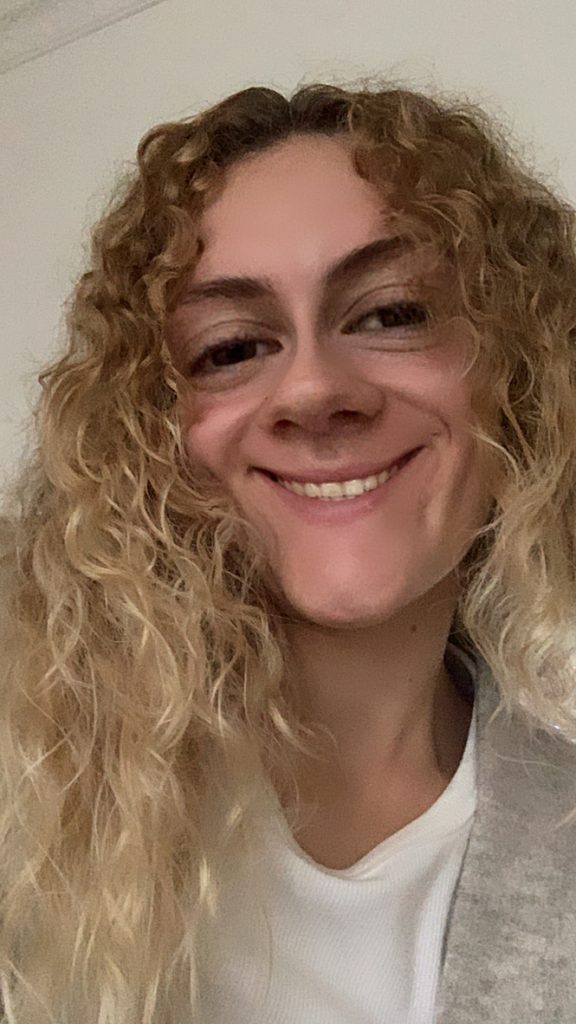
However, since a couple of years the category of face filters has enlarged and changed a lot. Nowadays, we still see fun filters like the one I previously described but the most used ones are the “beauty filters.” There are several types of beauty filters, some will make your skin look perfect, some will make your nose smaller and your eyes bigger, some will hide wrinkles, others will give you a full make up through augmented reality.
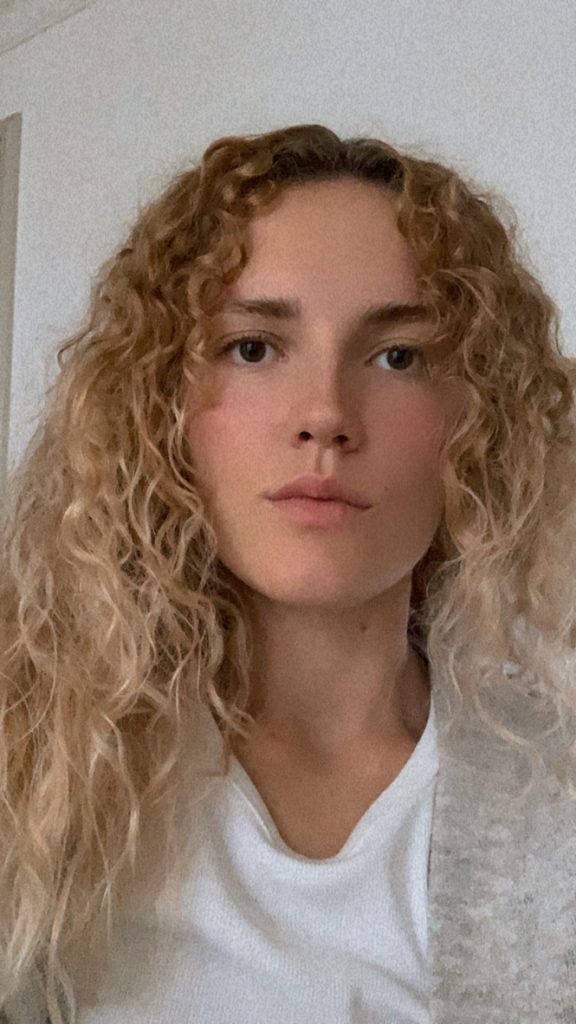
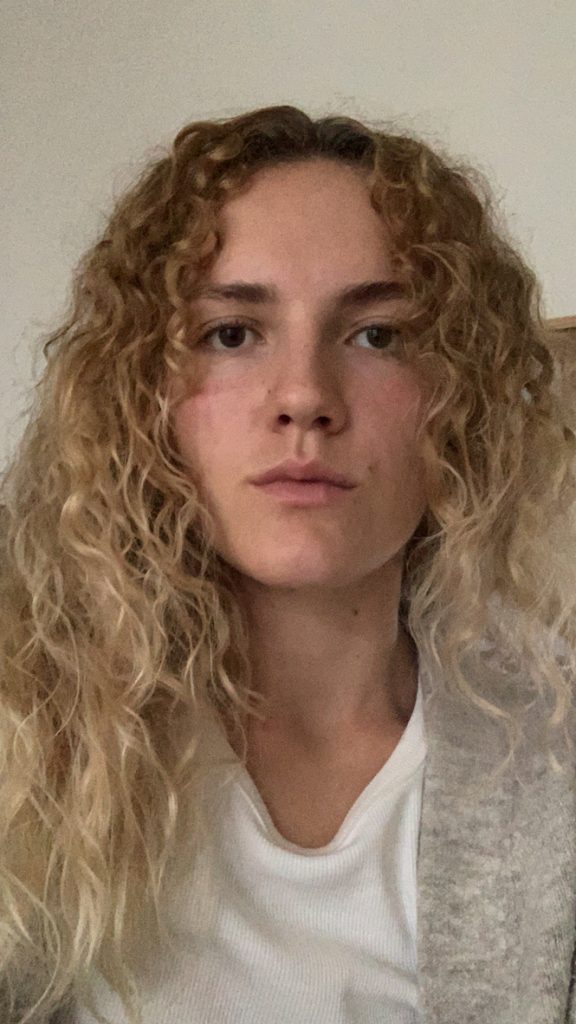
Influencers and fashion bloggers are using these type of filters on a daily basis. Fashion Bloggers are at the apex of Instagram, meaning that with their thousands or millions of followers they are the most influential and their content has a strong impact on a large number of people. By always using filters to slightly distort and improve their appearance, influencers are creating an illusion of perfection that it is actually unreachable. It is problematic because their audience might not always recognise that what they see is not real but it is an edited and embellished reality.
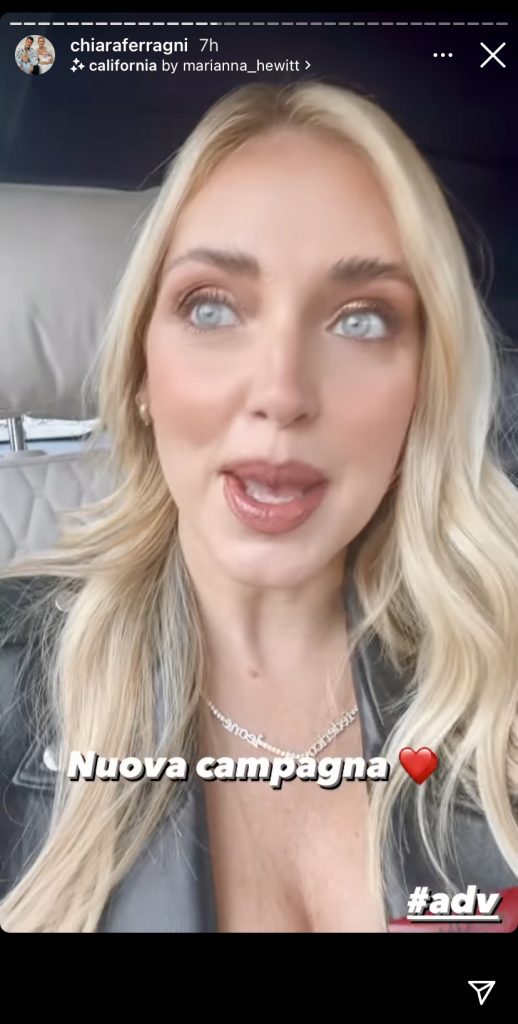
To show that filters have been applied to the content, Instagram’s interface tells to the users which filter is used in the content that they are consuming. However, some creators avoid this by saving the image/video made with a filter in their own gallery and then they reposts it. In this way Instagram does not show to the viewers that a filter is applied onto the image/video. Hence, consumers are unaware that the content was artificially altered and they are constantly looking at an “unreal” or modified content.
Some followers will think that influencers are actually always so beautiful and perfect. This create great big self-esteem problems to the most vulnerable audience that cannot distinguish what is altered and what is real. Thus, beauty filters are harmful because they damage peoples’s esteem by creating an idealised and standardised image of beauty. As a result, not only a whole generation is confronted with confidence problems, but also an increasing number of people are looking for remedies, such as plastic surgery, in order to fit the “beauty standards” that these filters (and who promotes them) are setting.
Instead, more influencers should promote body positivity and self love. There are some Instagram users whom are working hard to revert the instagram beautification. Some influencers are showing themselves without any filters, exposing how their body and skin really looks like. For example Paola Turani (Italian Fashion Influencer) juxtaposes her dress-up pictures with images of her with no filters nor make up , Lorena Duran (Victoria Secret model) recently made a reel showing her body and skin marks, while she states that we have to love our bodies as they are, Georgie Clark is famous for posting contrasting pictures of herself posing vs herself relaxed. More and more pages have been created in order to contrast the mainstream image of beauty and they are showing how universal and diverse beauty is. Also, a filter that divides the screen in-half, on one side the “beauty filter” is applied, on the other there is no filter, was created to provoke people to reveal how they look like without filters.


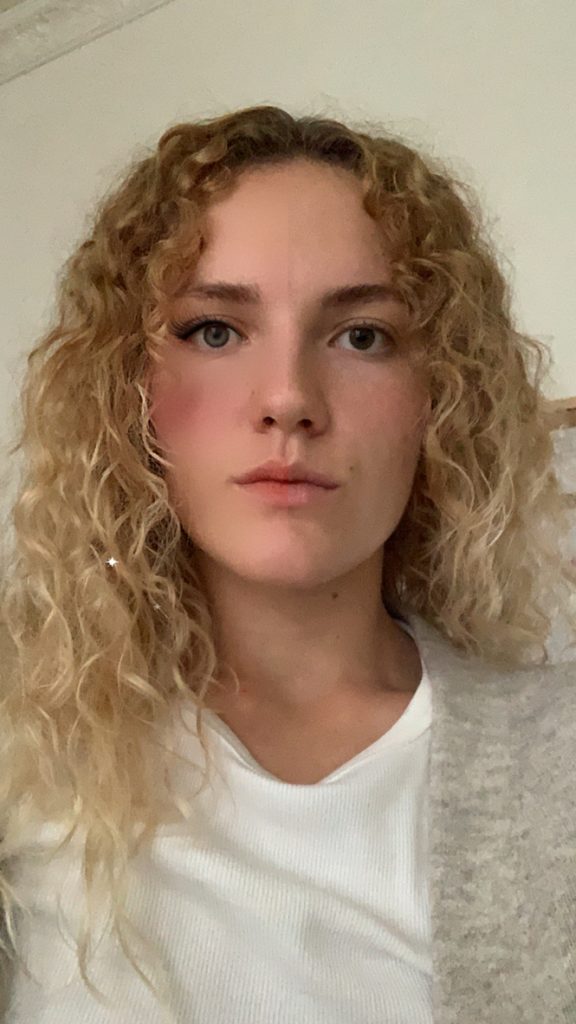
In conclusion, this post aimed to underline how “beauty filters” are damaging a wide audience because they amplify the fictitious idea of perfection and standardise beauty. I propose that we should be more critical of the content that we are consuming and uploading on Instagram. In addition, more awareness should be raised around the problematics that social networks like Instagram are causing.
List of sites and sources:
On Instagram Filters from the future: https://www.theverge.com/2019/2/27/18212783/instagram-creator-effect-filters-beta-program
On Women’sHealth: https://www.womenshealthmag.com/beauty/a33264141/face-filters-mental-health-effect/
Clio Make up posting filter vs no filter: https://www.instagram.com/p/CNnkyL-Br0Q/
Body Positivity -Lorena Duran: https://www.instagram.com/reel/CL2QaliKy6T/
BodyPositive Page on Instagram: https://www.instagram.com/p/CNxcgJwBgdo/
Georgie Clark Post on Instagram – Posted vs Delated: https://www.instagram.com/p/CTm67KBj9vZ/


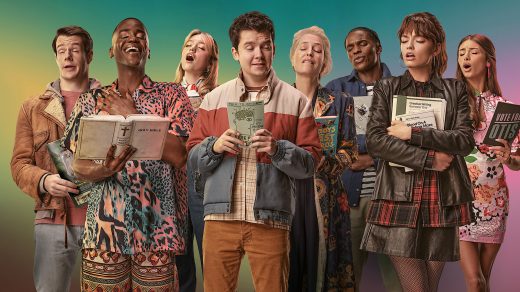

This is such an important topic to be discussed, and I really like your take on it Alessia. These filters are very misconducting on what a person’s real appearance actually is. And, especially in this age where a lot of young girls are comparing themselves to the influencers with beautiful faces and perfect skins, it is not healthy at all. I personally really enjoy the fun ones, such as the ones that shift the shape of your face in funny ways. But, the beauty filters are definitely dangerous. Though, Instagram and Snapchat are taking progressive steps about the topic. It didn’t use to show on top of your story whether you used a filter or not, but with the latest updates, you can see if it is an original picture, or if the person used a filter. I think this is highly important. We should be more at peace with ourselves, and feel confident enough to share how we look on a daily basis in real life on social media.